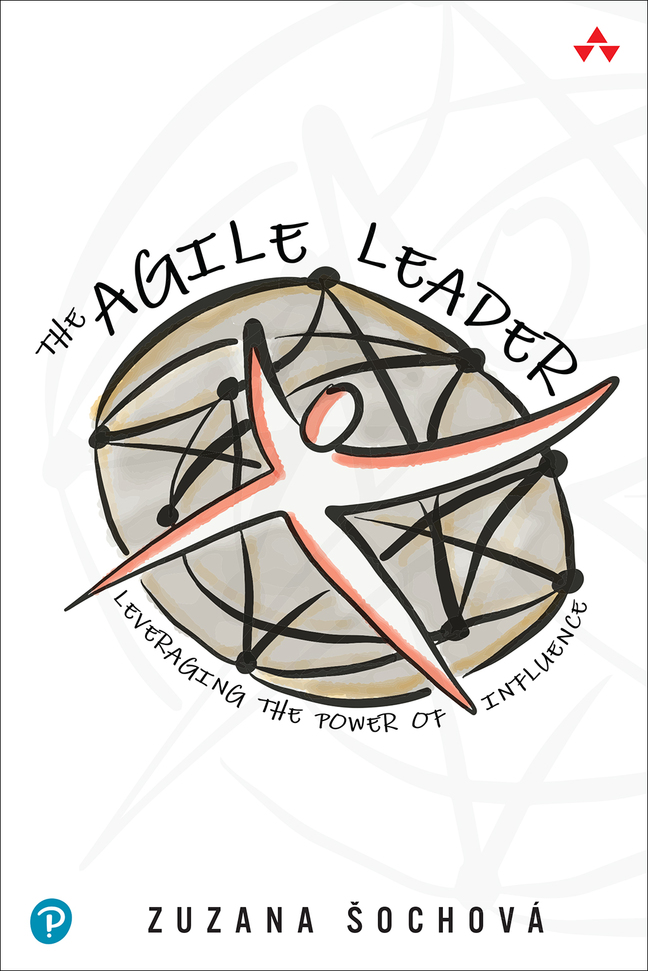There was a new version of ScrumGuide published last week. And I have to say that I mostly like it. It’s lighter, less prescriptive, and simple. Here are a few differences.
#1 – Scrum Guide 2020 is Simple and Clear
Scrum Guide 2020 is clearer. Finally, there is a sentence that is easy to read, and that describes what Scrum is:
Scrum is a lightweight framework that helps people, teams, and organizations generate value through adaptive solutions for complex problems.
In a nutshell, Scrum requires a Scrum Master to foster an environment where:
- A Product Owner orders the work for a complex problem into a Product Backlog.
- The Scrum Team turns a selection of the work into an Increment of value during a Sprint.
- The Scrum Team and its stakeholders inspect the results and adjust for the next Sprint.
- Repeat
Scrum is simple.
Yes, Scrum is simple and so the Scum Guide. It’s easy to read and understand. With this version, we got rid of many long and complicated phrases full of details. For example, one of my favorite changes in this space is that daily Scrum finally not suggesting the three questions but recommend that people “can select whatever structure and techniques they want, as long as their Daily Scrum focuses on progress toward the Sprint Goal…” Isn’t that awesome? After all those years of individual status meetings where people were reporting to someone what they did. It’s finally gone!
#2 – Focusing on the Mindset
I like the fact that the new Scrum Guide stresses the three empirical pillars of transparency, inspection, and adaptation and explains what are they about. The five values of Commitment, Focus, Openness, Respect, and Courage are clearly defined there now as well. It focuses on people’s behavior, over the processes and practices.
I also like the new Scrum Guide to remind us about the primary need for Agile and Scrum in complex and unpredictable environments: “In complex environments, what will happen is unknown. Only what has already happened may be used for forward-looking decision making.” All over, if you know what needs to be done, can plan it, then all you need to focus on is how fast are you going to deliver it. In such a world all different estimation techniques, velocity, burn-down, and burn-up charts are considered useful. Unlike Scrum, which builds on empiricism and inspects and adapts the plans on the way.
#3 – Scrum Team Focus
The biggest change seems to be that we don’t have “Development Team”, ScrumMaster, and Product Owner but “Developers”, ScrumMaster, and Product Owner forming a Scrum Team together. It looks like a big change, but it’s rather cosmetic as they all have to collaborate and self-organize (or self-manage if you like) to maximize value towards the Sprint and Product Goal. So, no real change there, we’ve just finally got rid of the very typical dysfunction where the Product Owner was like an enemy and the team was delivering to the Product Owner only. Now there is no such mentality in the Scrum team, they are in it together, responsible for all product-related activities. They are a team in the first place, a team that is cross-functional so can deliver end-to-end value together. ‘Developers’ is a poor name, as most people somehow read it as software developers but it’s more like a product workers. They are still the people who create working product increment every Sprint, while Product Owner focuses on maximizing the value and ScrumMaster on improving teams and organizations.
I also like the new Scrum Guide to make the scaling approach clearer than before: “If Scrum Teams become too large, they should consider reorganizing into multiple cohesive Scrum Teams, each focused on the same product. Therefore, they should share the same Product Goal, Product Backlog, and Product Owner.”
#4 – Product Goal, Sprint Goal, and Increment
Finally, the last change is the new language about Product Goal (new) and Sprint Goal (improved), and Increment (clarified). All over the Scrum Guide is catching up with the industry and adding a Product Goal as an artifact. It also provides a definition of a product, which is much broader than many organizations think: “A product is a vehicle to deliver value. It has a clear boundary, known stakeholders, well-defined users, or customers. A product could be a service, a physical product, or something more abstract.” Product Goal is a long-term objective for the scrum team – a vision. Sprint Goal gives meaning to each sprint and defines the value we are focusing on now. The increment is a useful output. Well done, verified, and delivering value towards the Sprint Goal. Simple and straightforward. Finally, there is a much better language about the Definition of Done: “The moment a Product Backlog item meets the Definition of Done, an Increment is born.” It’s almost like a poem.
All over, I really like the new version. It doesn’t change much from what I was teaching and using, just brings a more clear and crisp definition of Scrum as I know it.

 Learn more about transforming organizations, leadership, and culture with Agile & Enterprise Coaching. Check our Scrum and Agile training sessions on Sochova.com. Grab a copy of The Great ScrumMaster: #ScrumMasterWay book and The Agile Leader: Leveraging the Power of Influence book.
Learn more about transforming organizations, leadership, and culture with Agile & Enterprise Coaching. Check our Scrum and Agile training sessions on Sochova.com. Grab a copy of The Great ScrumMaster: #ScrumMasterWay book and The Agile Leader: Leveraging the Power of Influence book.
Disclaimer: All I write on this blog is purely personal and has no relation with any position I have, used to have or will have in the future.

